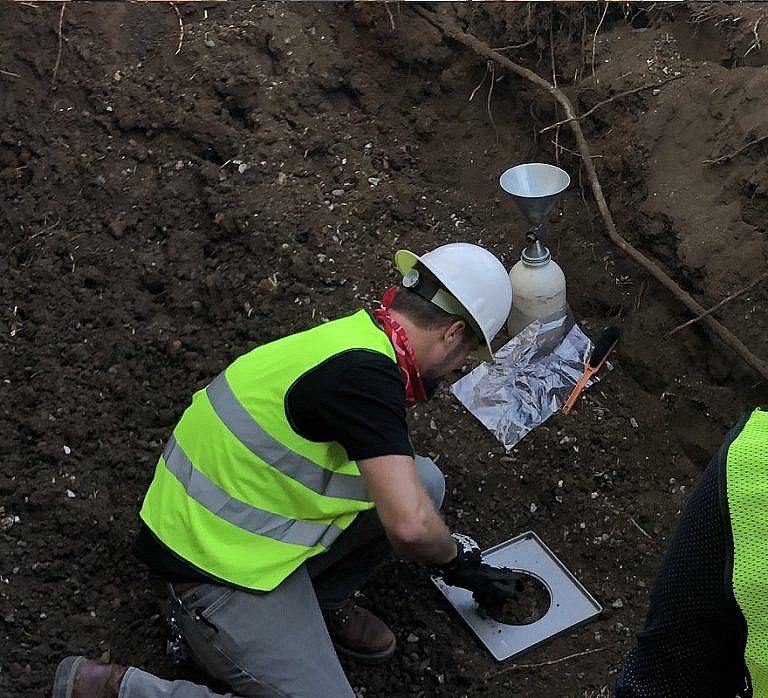Mineraloid Definition
The term “mineraloid” refers to a natural earth substance that appears to be similar to a genuine mineral, although lacks any form of internal structure and crystal form. Nonetheless, a mineraloid does comprise true minerals within it. For instance, Fire Opal and Blue Opal are not minerals because they are amorphous (do not possess any form of an organized internal crystal structure), but they each still comprise an accumulation of other microcrystalline silica crystals. Other common mineraloids are agate, pearl, obsidian, and more.


